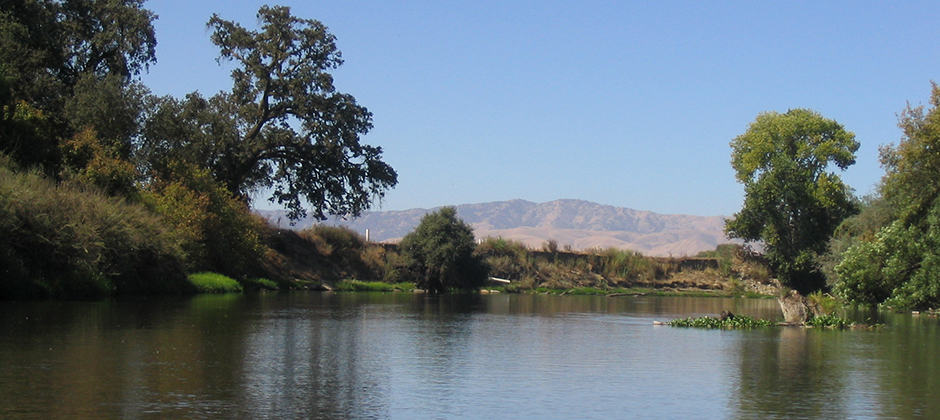Share this article
Human water demand can imperil California’s endangered species
In Southern California, where scarce water resources are carefully managed, it would seem like wildlife would benefit when more water flowed in streams and rivers. But that’s not what researchers found when they looked at these riparian ecosystems.
“When we started doing the research, we were confounded by some of the results,” said Melissa Rohde, a PhD candidate at the SUNY College of Environmental Science and Forestry and a scientist at The Nature Conservancy.
Streams being used to deliver water for irrigation or receiving discharge from wastewater treatment plants were causing higher year-round water availability than expected in this Mediterranean-like climate, contributing to faster forest growth and homogenization, her team of researchers found. Without high and low flows, river ecosystems weren’t functioning naturally, affecting wildlife that depend on these systems. “A lot of these riparian habitats are biological hotspots and provide important refugia for threatened and endangered species,” she said.
Rohde was the lead author of a study published in the Proceedings of the National Academy of Sciences that used satellite data of vegetation coupled with groundwater and surface level information to find out how humans may be influencing these ecosystems. The study is part of a suite of projects the team is undertaking to develop water stress indicators for dryland riparian forest ecosystems threatened by climate change and increasing human water demand.
Part of their result were expected. When groundwater levels were deeper, vegetation greenness declined, indicating reduced growth. But they were surprised to find that when they looked in Southern California—the most water scarce region of the state—that same correlation wasn’t as strong.
“When I started zooming in on these sites, I noticed wastewater treatment facilities and irrigation canals,” she said. “That was the ‘aha!’ moment.”
Knowing that water in Southern California is often diverted for human uses, her team analyzed streamflow data and found many streams had altered flow regimes that resulted in year-round inflated flows. In the short term, these cause more growth for some plant species. “But when you acknowledge how these Mediterranean ecosystems function, it’s not actually a good thing,” she said.
Ecosystems in California rely on seasonal fluctuations in streamflow and groundwater levels. Native trees rely on high spring flows for seed release and dispersal, but low summer flows and shallow groundwater allow them to establish and outcompete nonnative species. By stabilizing streamflow, researchers found, riparian woodlands are not able to recruit younger trees to sustain the ecosystem. “We call many of these ecosystems the ‘living dead’ because the forest floor is devoid of younger trees to replace the mature trees in the coming decades,” Rohde said.
Studies in dryland regions around the world show that dams and changing flow regimes are detrimental to riparian forests and shift the community to vegetation less valuable for wildlife, said John Stella, an ecologist at SUNY-ESF and Rohde’s PhD advisor. “In California, the widespread clearing of riparian woodlands for agriculture along with recent groundwater declines impose further stress on the few remaining forest stands, creating a precarious future for these communities.”
When streamflow is augmented year-round due to human activities, fast tree growth can lead to forests of trees the same age, with little regeneration. “So we basically have this live fast, die young phenomenon,” Rohde said, and fast growing trees are also more susceptible to pest infestation and drought. While it directly affects plant species, it indirectly affects wildlife, such as willow flycatchers (Empidonax traillii), Least Bell’s vireo (Vireo bellii pusillus), salmon (Oncorhynchus spp.), riparian woodrats (Neotoma fuscipes riparia ), riparian brush rabbits (Sylvilagus bachmani riparius) and red legged frogs (Rana draytonii) are indirectly affected.
Since water demand is high, tradeoffs between human uses and ecosystem integrity are inevitable, she said. “We need to be cognizant of these tradeoffs and strategic from a statewide-level on how we are managing water resources to optimize water security for cities, farms and ecosystems,” Rohde said.
Header Image: The riparian community woodlands along the lower Tuolumne River near Merced, Calif. The dry grassland in the background indicated the semi-arid conditions and drought environment. Credit: John Stella, ESF








